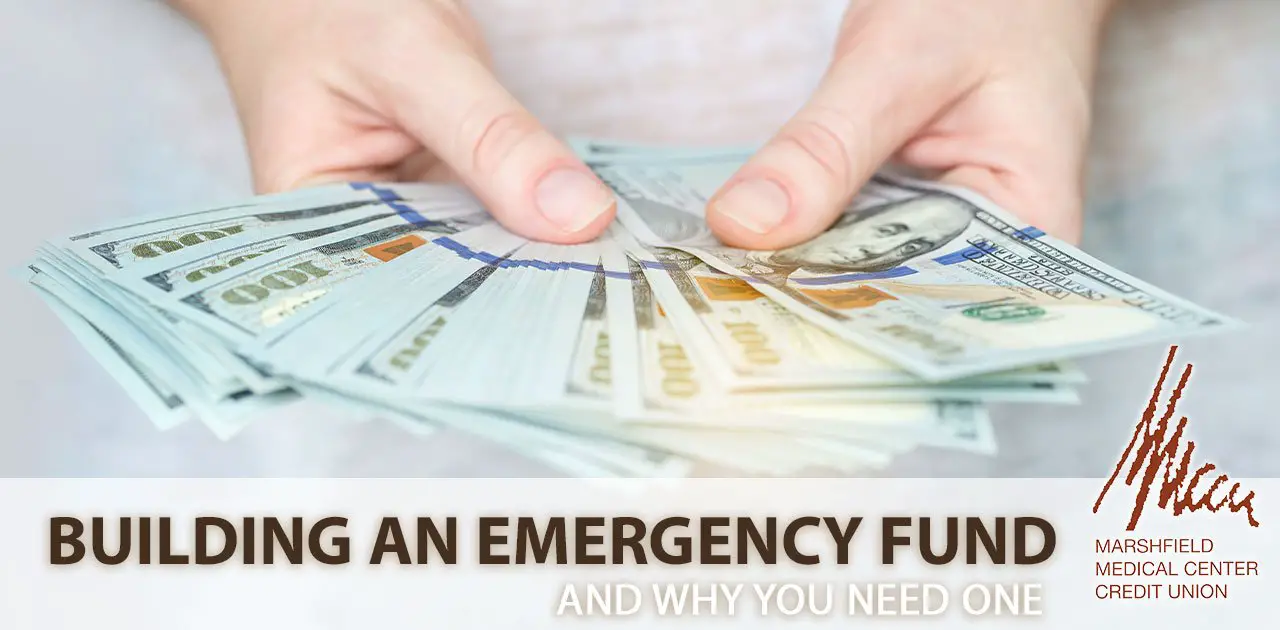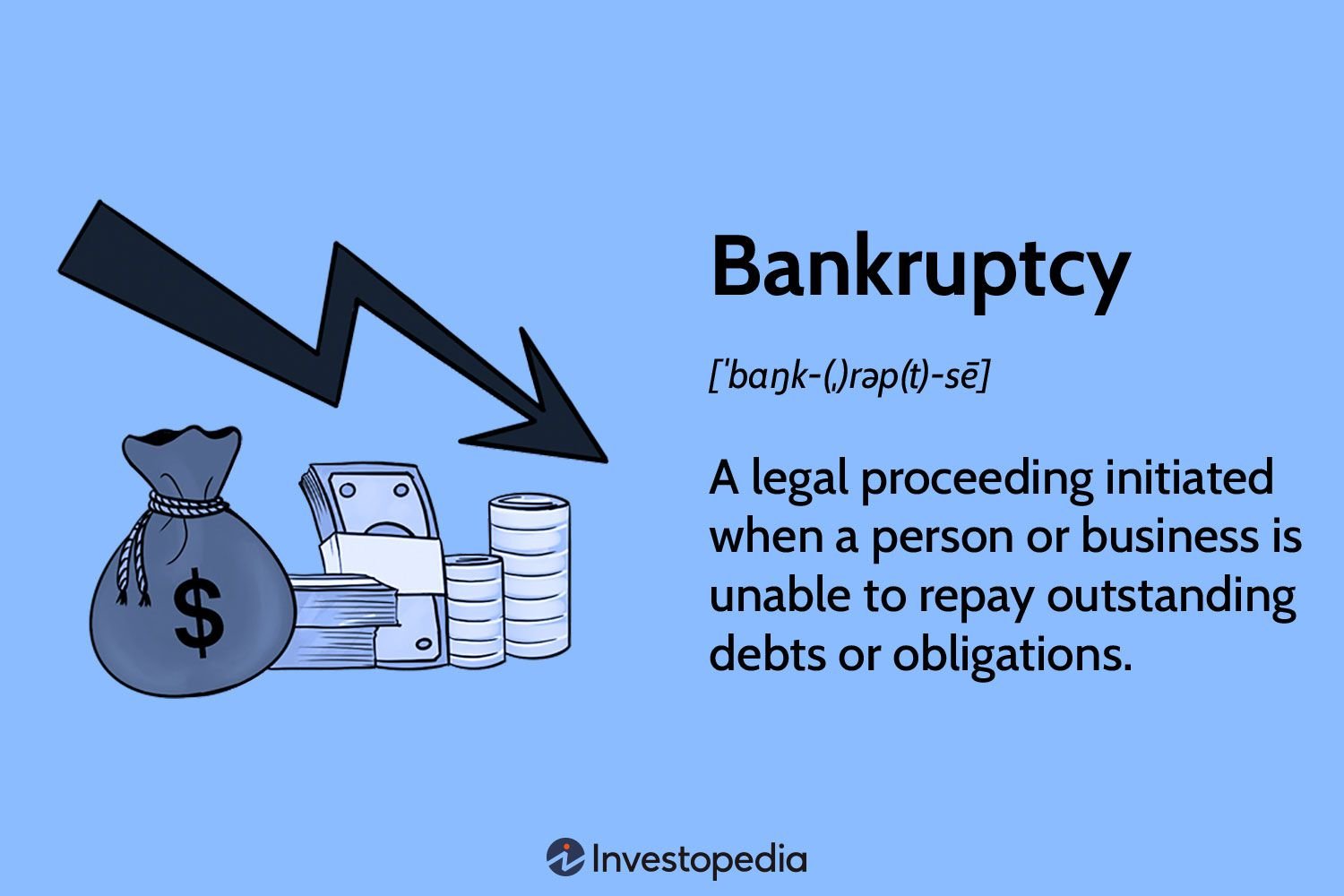If you’re searching for ways to quickly build an emergency fund, look no further! Here are some effective strategies for building an emergency fund quickly. By implementing these strategies, you can safeguard yourself against unforeseen financial setbacks and be prepared for any unexpected expenses that may arise. So, let’s dive right in and explore how you can efficiently establish a strong emergency fund to provide you with peace of mind and financial security.
Strategies for Building an Emergency Fund Quickly
Introduction
Building an emergency fund is a crucial financial step that everyone should prioritize. It provides a safety net for unexpected expenses, job loss, or any other financial emergencies that may arise. However, building up a substantial emergency fund can seem challenging, especially if you’re living paycheck to paycheck. But with the right strategies and a little discipline, you can quickly establish an emergency fund and enjoy peace of mind. In this article, we will explore various strategies for building an emergency fund quickly and efficiently.
1. Set Clear Financial Goals
Before you start building your emergency fund, it’s important to set clear financial goals. Determine how much you want to save and by what date. This will give you a target to work towards and help you stay motivated throughout the process.
- Start by calculating your monthly expenses. Analyze your spending habits and identify areas where you can cut back. This will free up extra money that you can allocate towards your emergency fund.
- Consider creating a budget to track your expenses and ensure you’re staying on track.
- Break down your savings goal into smaller milestones. Celebrate each milestone you achieve, as it will keep you motivated and encourage continued saving.
2. Automate Your Savings
One effective way to build an emergency fund quickly is to automate your savings. Set up an automatic transfer from your checking account to a separate savings account dedicated solely to your emergency fund. This way, you won’t have to remember to manually transfer money each month, and it becomes a habit.
- Contact your bank or use online banking to set up recurring transfers.
- Ensure that your savings account has a competitive interest rate to make the most of your savings.
- Consider automating savings by using money-saving apps, which can round up your purchases and deposit the spare change into your emergency fund.
3. Cut Expenses and Reduce Debt
To accelerate the growth of your emergency fund, it’s essential to cut unnecessary expenses and reduce your debt. By doing so, you’ll have more disposable income to contribute to your savings.
- Review your expenses and identify non-essential items or services that you can eliminate or downgrade.
- Consider negotiating lower rates on bills such as cable, internet, or insurance.
- If you have outstanding debts, focus on paying them off as quickly as possible. Start with high-interest debts to save on interest payments.
4. Increase Your Income
Boosting your income can significantly accelerate the speed at which you build your emergency fund. Explore different ways to increase your income and allocate the extra earnings towards savings.
- Consider taking on a part-time job or freelancing gigs in your spare time.
- Take advantage of any opportunities for overtime at your current job.
- If applicable, ask for a raise or promotion at work.
5. Save Windfalls and Bonuses
When you receive windfalls or unexpected bonuses, resist the urge to splurge and instead funnel them directly into your emergency fund. These unexpected funds can provide a significant boost to your savings.
- Whether it’s a tax refund, work bonus, or monetary gifts, consider allocating a portion or the entire amount towards your emergency fund.
- Try to resist the temptation to spend the money on discretionary items. Remember, building an emergency fund is a priority.
6. Create Multiple Income Streams
Diversifying your income sources is not only beneficial for your overall financial health but can also help you build your emergency fund more quickly.
- Explore passive income streams such as rental properties, investments, or online businesses.
- Consider monetizing a hobby or skill by offering services or products to generate additional income.
- Having multiple income streams provides more financial stability and accelerates your savings potential.
7. Reassess and Adjust Your Savings
Regularly reassessing and adjusting your savings strategy is crucial to ensure that you’re making progress towards building your emergency fund quickly. Life circumstances and financial goals can change, so it’s important to adapt accordingly.
- Revisit your budget to identify additional areas where you can cut back on expenses.
- Regularly review your savings progress and adjust your timeline and contribution amounts if necessary.
- Remember that consistency is key, and even small contributions can add up over time.
Building an emergency fund quickly requires discipline, commitment, and a well-thought-out strategy. By setting clear financial goals, automating savings, cutting expenses, increasing income, and reassessing your savings strategy, you can build a robust emergency fund in no time.
Remember, emergencies can happen at any time, and having a financial safety net will provide peace of mind. Start implementing these strategies today, and you’ll be well on your way to a secure financial future.
How To Save An Emergency Fund Easily! (LOW INCOME)
Frequently Asked Questions
Frequently Asked Questions (FAQs)
1. What are some effective strategies for quickly building an emergency fund?
To build an emergency fund quickly, consider the following strategies:
2. How much money should I aim to save in my emergency fund?
The general recommendation is to save at least three to six months’ worth of living expenses in your emergency fund. However, the exact amount may depend on your individual circumstances and comfort level.
3. Should I prioritize paying off debt or building an emergency fund?
It is generally advisable to start building your emergency fund while simultaneously paying off high-interest debt. This way, you have a safety net in case of unexpected expenses while gradually reducing your debt burden.
4. Where should I keep my emergency fund?
It is wise to keep your emergency fund in a separate savings account that is easily accessible but not easily spent. Consider a high-yield savings account or a money market account that offers competitive interest rates.
5. How can I cut down on expenses to save more for my emergency fund?
You can reduce expenses by creating a budget, tracking your spending, and identifying areas where you can make cuts. Consider reviewing your subscriptions, eating out less frequently, carpooling, or renegotiating bills to save more effectively.
6. What if I have irregular income? How can I still build an emergency fund?
If you have irregular income, it’s crucial to create a budget based on your average monthly income. Prioritize setting aside a portion of each paycheck for your emergency fund, even if the amount varies. Over time, these consistent contributions will help you build your fund.
7. Is it better to save a lump sum or contribute regularly to my emergency fund?
Consistency is key when building an emergency fund. It is recommended to contribute regularly, even if it’s a smaller amount. This ensures that you are consistently working towards your goal and building your fund over time.
8. What should I do if I need to use funds from my emergency fund?
If you need to use money from your emergency fund, it’s important to replenish it as soon as possible. Adjust your budget, cut back on non-essential expenses, or explore additional income sources to rebuild your fund and maintain financial security.
Final Thoughts
In conclusion, implementing effective strategies for building an emergency fund quickly can provide financial security and peace of mind. Prioritizing savings by automatically setting aside a portion of each paycheck is a simple yet powerful approach. Additionally, reducing unnecessary expenses and finding ways to save on daily expenditures can accelerate the growth of an emergency fund. Seeking additional sources of income, such as freelance work or part-time jobs, can also contribute to building the fund faster. By adopting these strategies and staying committed to saving, individuals can establish a robust emergency fund in a short period, thereby ensuring financial stability for unexpected circumstances.



